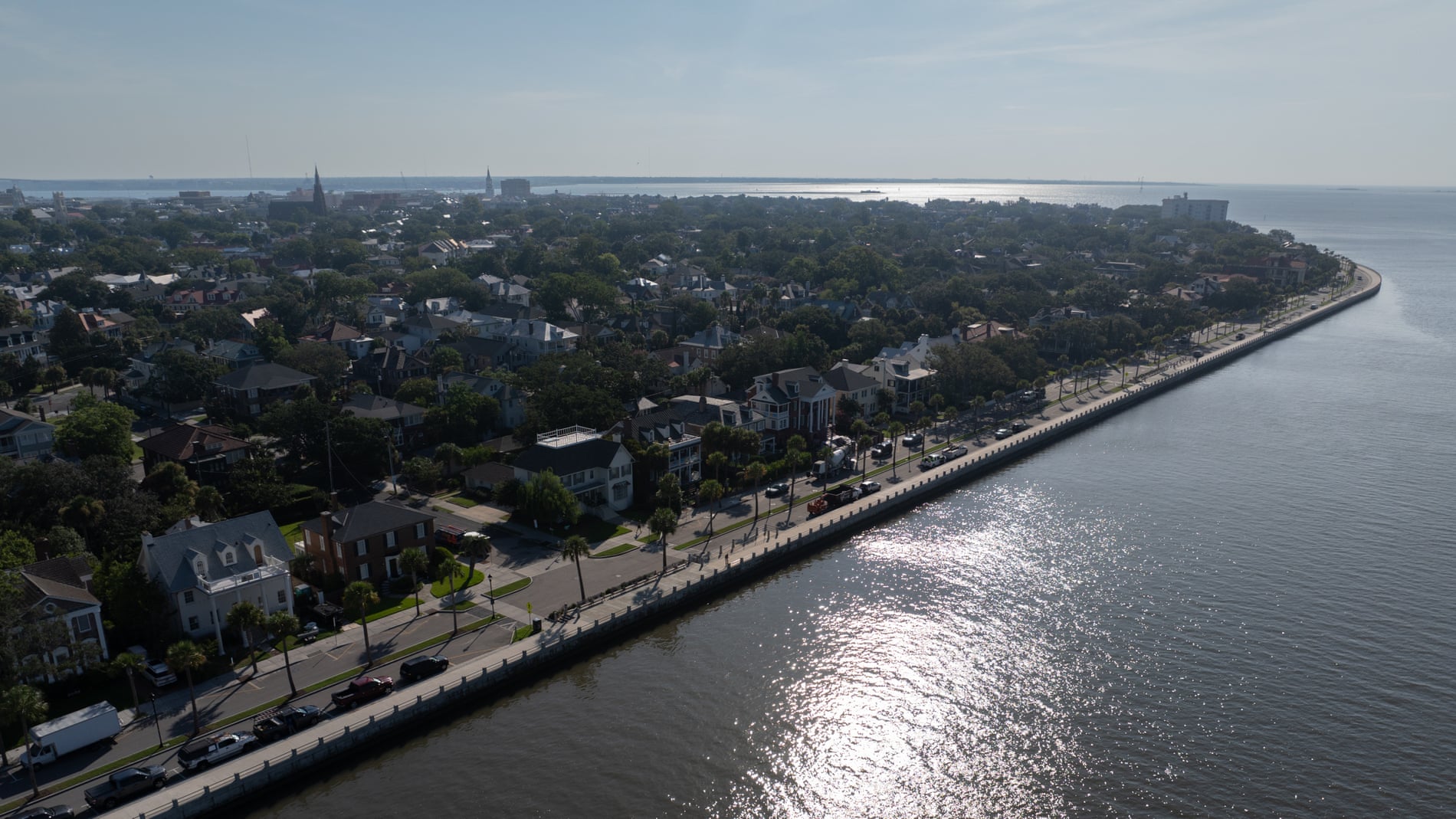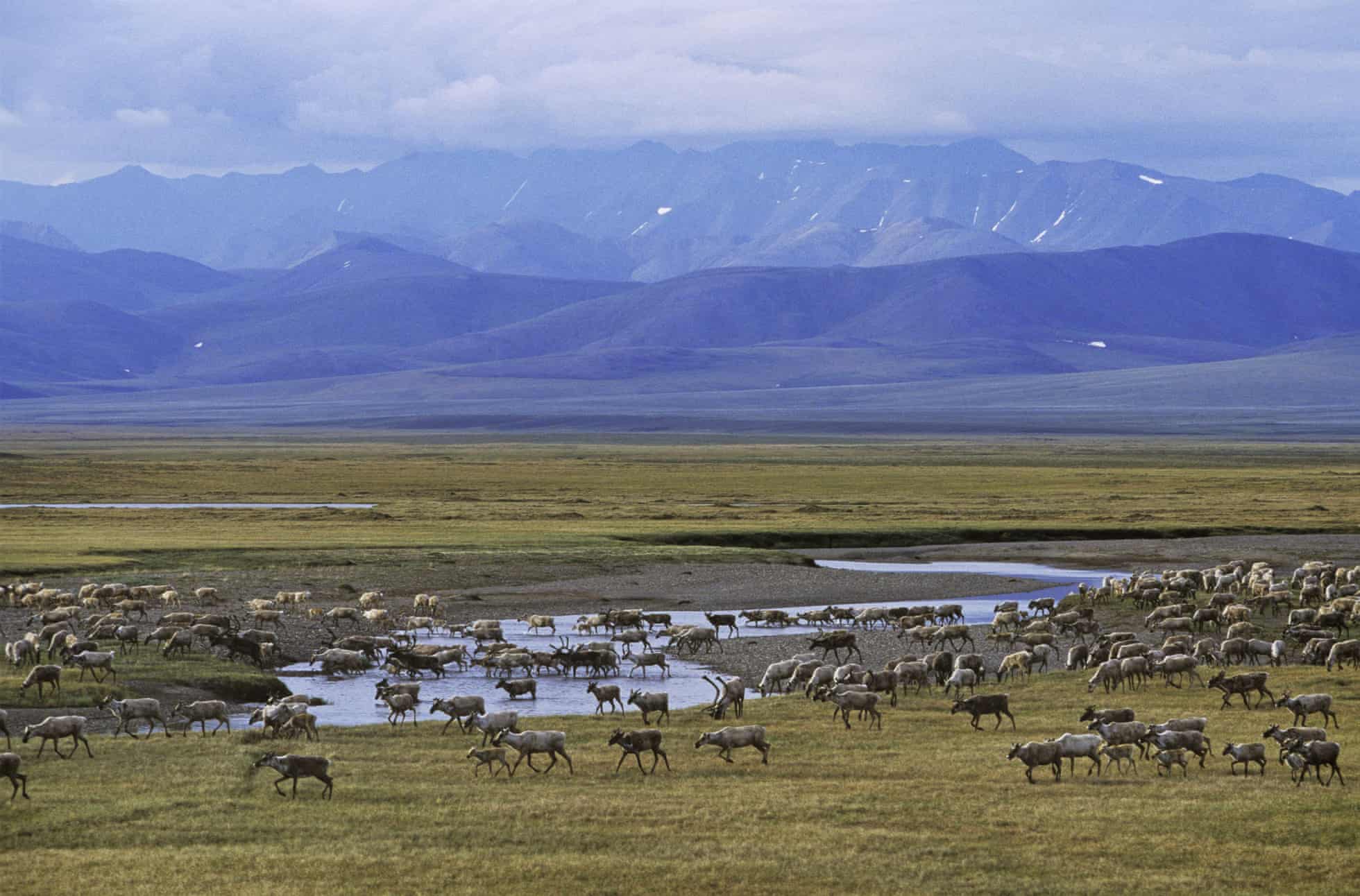 On a quiet street near the marsh in Charleston, South Carolina’s Rosemont neighborhood, Luvenia Brown watches the weather reports more than she used to. She’s lost lawn mowers, bikes and outdoor furniture to the rising waters that have repeatedly crept into her yard.
On a quiet street near the marsh in Charleston, South Carolina’s Rosemont neighborhood, Luvenia Brown watches the weather reports more than she used to. She’s lost lawn mowers, bikes and outdoor furniture to the rising waters that have repeatedly crept into her yard.
Brown’s home is elevated, so the water hasn’t reached the interior. Not yet. But she’s deeply worried about what the future will bring.
“If the water continues rising the way it is, I don’t want to be here,” said Brown, 58, who works as a medical driver. “I love my area. But I think my life is more important.”
Just a half mile to the south, a massive new development – expected to bring stores, offices and 4,000 homes – is springing up. Brown worries that all the new concrete and pavement will only make flooding where she lives worse.
Charleston is one of the nation’s fastest-growing cities – and one of the most flood-prone. As climate change prompts sea levels to rise and storms to grow more intense, this historic city has become a warning bell for what’s to come along America’s coasts: Some neighborhoods will retreat and others will be protected, and still others – often lower-income communities – may be left behind.





 The US Senate rejected an effort on Wednesday to halt a contentious US Fish and Wildlife...
The US Senate rejected an effort on Wednesday to halt a contentious US Fish and Wildlife... Melissa intensified into a hurricane on Saturday, Oct. 25, as it continued its slow slog across...
Melissa intensified into a hurricane on Saturday, Oct. 25, as it continued its slow slog across... As Hurricane Melissa crept closer to Jamaica on Monday, Oct. 27, the island nation braced for...
As Hurricane Melissa crept closer to Jamaica on Monday, Oct. 27, the island nation braced for... The Trump administration has approved more oil and gas drilling across Alaska’s Arctic national wildlife refuge...
The Trump administration has approved more oil and gas drilling across Alaska’s Arctic national wildlife refuge...






























